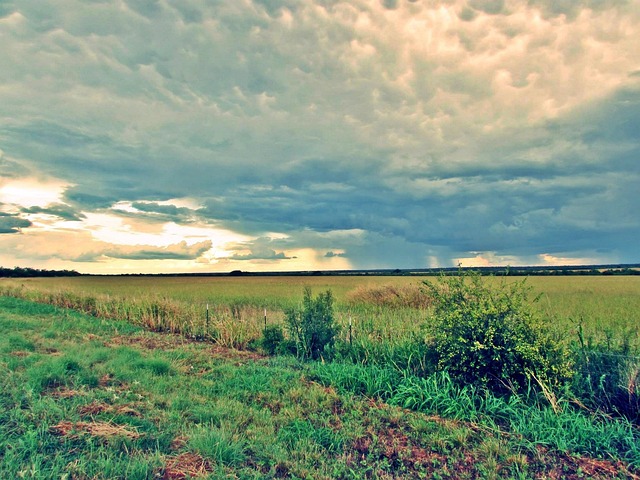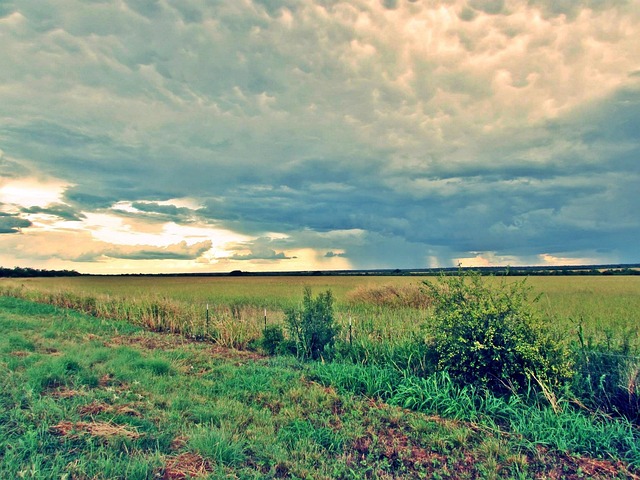Texas' history is marked by its declaration of independence from Mexico in 1836, leading to its eventual annexation by the U.S. in 1845, and has since been a symbol of autonomy and resilience. The state played a significant role in the Civil War, shaping its economic trajectory from agriculture to a global energy leader, while also growing into tech, manufacturing, and agricultural sectors. Its geography is as diverse as its economy, ranging from arid plains to subtropical regions, with unique features like the Balcones Fault Zone influencing ecosystems and water resources. Notable landmarks include the Guadalupe Mountains and Big Bend National Park, which showcases a variety of geological formations and ecosystems, and the Gulf Coast's rich fishing grounds. Texas' cultural landscape is equally diverse, with influences from its Spanish colonial roots to various immigrant communities, contributing to a rich tapestry of music, cuisine, and festivals. The state honors its heritage through museums and historical sites while fostering innovation in the arts. Texas embodies a dynamic blend of tradition and modernity, making it a distinctive and influential part of the U.S. with a vibrant culture and economy.
Embark on a journey through the Lone Star State, where histories intertwine with landscapes that span vast plains to deep blue seas. Texas boasts a mosaic of cultural tapestries rich in tradition and innovation. From its pivotal historical milestones that led to its status as an independent republic to its economic prowess in the modern era, Texas’ narrative is one of intrigue and resilience. Explore the state’s natural wonders, from the sun-scorched deserts of Big Bend to the coastal currents of the Gulf of Mexico, all while experiencing the vibrancy that defines Texan heritage. Delve into this article to uncover the myriad facets of Texas, a place where every fact is as unique as its six-flag over history.
- Texas' Unique Historical Milestones: From Independence to a Modern Economy
- Natural Wonders and Geographical Quirks: Texas' Diverse Landscapes
- Cultural Vibrancy and Heritage: A Deep Dive into Texan Traditions and Innovations
Texas' Unique Historical Milestones: From Independence to a Modern Economy

Texas’ storied history is marked by significant events that have shaped its identity and contributed to its status as a unique entity within the United States. In 1836, Texas declared its independence from Mexico, leading to the Texas Revolution and eventual annexation by the United States in 1845. This period was characterized by fierce determination and a spirit of independence that remains a cornerstone of Texan identity. The state’s history is also punctuated by pivotal moments such as its role in the Civil War, reconstruction, and the subsequent development of its economy.
As the years progressed, Texas transitioned from an agrarian-based economy to a dynamic, modern one. It became a leading producer of oil, which significantly impacted not only the state’s but also the nation’s energy sector. Today, Texas boasts a diverse economy with key industries including technology, manufacturing, and agriculture. Its major cities like Houston and Dallas have emerged as significant economic hubs, driving innovation and growth. The Lone Star State’s resilience and adaptability are reflected in its ability to transform while preserving its historical legacy. Texas’ unique historical milestones have contributed to its rich cultural tapestry and a modern economy that is both robust and diverse.
Natural Wonders and Geographical Quirks: Texas' Diverse Landscapes

Texas boasts a rich mosaic of landscapes that defy the notion of a monotonous plain. Stretching from the arid plains of the Panhandle to the subtropical Sabine Pass, the Lone Star State is home to diverse geographical features that captivate and surprise. The Balcones Fault Zone, an ancient fracture, creates a dramatic contrast between the rolling hills in the central region and the flat expanses found further east. This fault zone not only shapes the terrain but also influences the state’s hydrology and biodiversity. In the west, the Guadalupe Mountains rise abruptly, offering some of the most stunning vistas with their sheer cliffs and deep canyons. To the south, the Big Bend National Park showcases the Rio Grande carving through the Chihuahuan Desert, creating one of the most unique national parks in the country with its hot springs, rugged canyons, and diverse ecosystems.
Texas’ natural wonders extend beneath the surface as well. The Edwards Aquifer, a karst water resource, is critical to the state’s ecological balance and provides a stable supply of water for millions of residents and agricultural uses. The aquifer’s springs feed into the San Marcos River, creating a refreshing oasis in the Texas Hill Country. Furthermore, the Gulf of Mexico’s 367-mile coastline offers some of the most productive fishing grounds in the nation, attracting anglers from around the world to its bountiful waters. The combination of these natural wonders and geographical quirks makes Texas a remarkable state with a landscape that is as varied as it is vast.
Cultural Vibrancy and Heritage: A Deep Dive into Texan Traditions and Innovations

Texas boasts a rich tapestry of cultural traditions that reflect its diverse history and vibrant communities. From the Spanish colonial period to the influx of settlers from various parts of the world, Texas has cultivated a unique blend of heritage that is both deep-rooted and innovative. The state’s music scene, with genres ranging from country and blues to tejano and rap, showcases its contribution to American music. Similarly, Texas cuisine weaves together influences from Native American, Spanish, Mexican, African, and Anglo cultures, creating a culinary experience that is uniquely Texan. The state’s festivals and holidays, such as the Texas State Fair and Cinco de Mayo celebrations, not only honor its traditions but also foster a sense of unity and community. Texas’s dedication to preserving its history is evident in its numerous museums, historical sites, and ongoing cultural programs that celebrate the state’s past while fostering new artistic expressions. This commitment to both preserving tradition and embracing innovation is a hallmark of Texan life, ensuring that the state’s cultural vibrancy continues to thrive.
Texas, a state as vast and varied as its storied past, continues to captivate with its unique blend of history, geography, and culture. From its independence-defining milestones to its economic prowess, the Lone Star State has carved out a significant place in the American narrative. Its natural landscapes range from the arid expanse of the Chihuahuan Desert to the lush greenery of the East Texas forests, offering a diversity that is unparalleled within the United States. Culturally, Texas boasts a vibrancy that is both deeply rooted in tradition and pioneering in innovation, reflecting the mosaic of influences that have shaped its heritage. As the second-largest state by area and population, Texas’ contributions to the nation are undeniable, making it an essential part of the American tapestry. Whether you’re drawn to its historical sites, its natural beauty, or its cultural festivities, Texas offers a multifaceted experience that is truly unique.



